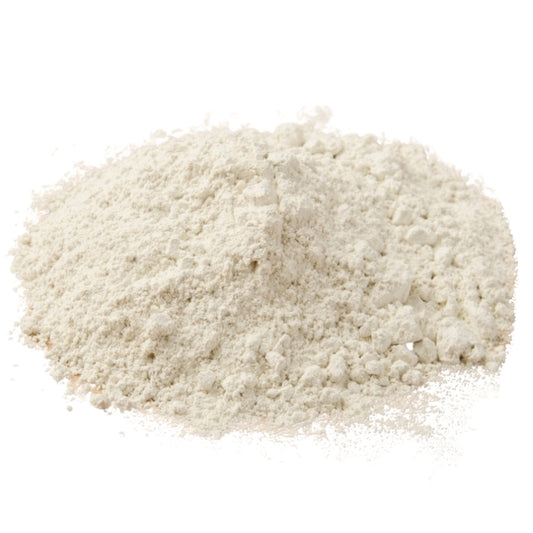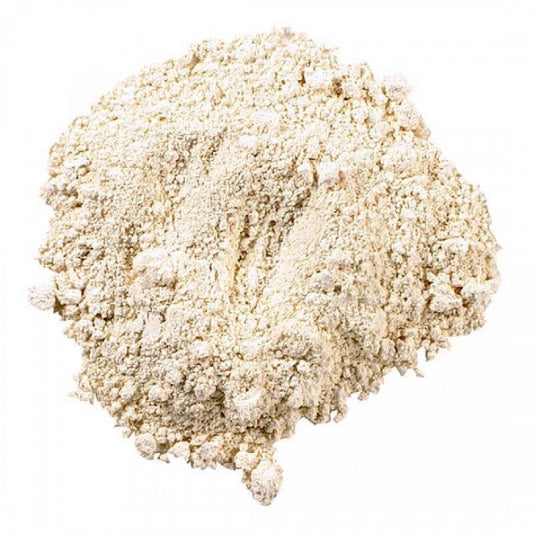
DIY Natural Colourants
Aiden Van WykHere is a quick reference guide to ingredients that can be used as natural colourants. This list is by no means comprehensive, but most of the items are easy to source and use. Now you can safely colour your DIY creations with natural and friendly colourants.
Natural Colour Shades
We have listed them as 'shades' because, unlike artificial colourants, natural colourants vary considerably depending on the ingredients they are combined with and the amount used.
Natural Black Shades:
Iron oxide - Lavanya black - although the particles are insoluble in water and oil mediums, the oxides will still yield a strong colour in the liquid. Particles will sink to the bottom and only very small amounts are needed to achieve a good colour. Use titanium dioxide to lighten. We recommend you use a paper towel or other disposable cloth to clean up afterwards, as oxides may stain.
Henna black - produces a black colour with a very slight reddish tinge. Henna is mostly used as a hair colourant but can also be used in DIY creations.
Activated charcoal - gives a solid black or dark grey colour to products.
Natural Blue Shades:
German chamomile oil - German chamomile has a stunning bluey-green hue which may be used to very lightly colour DIY creations.
Powdered blue cornflowers - infuse in water or oil for a gentle blue colour.
Spirulina powder - gives a light bluish-green.
Natural Brown Shades:
Cinnamon powder - varies from a dark tan to brown (warning: can be an irritant to sensitive skin, test first)
Cacao powder and cocoa powder - gives a beautiful, natural deep brown.
Finely ground coffee varies from brown to black and can be used as an exfoliate or to add brown speckles.
Olive leaf powder - a warm greeny brown.
Natural Green Shades:
German chamomile oil - German chamomile has a stunning bluey green hue which may be used to very lightly colour DIY creations.
Cucumber (pureed) - bright to pale green.
Green kaolin clay and African Green Clay - both lend a natural light green and can be added to oils or water.
Green tea (powdered) - gives a brownish-greenish colour and can produce a speckled effect.
Kelp - dark green colour.
Spirulina powder - gives a light bluish-green.
Broccoli powder - gives a solid green.
Kale powder - gives a light green colour
Natural Orange Shades:
Calendula petals - can vary from a pinkish to a yellowish orange to pink-orange. Can be infused in oils or added as a powder to soaps.
Carrot juice - gives a strong orange colour and can be added water. Contains beta carotene.
Paprika - deep orangey red colour which can be infused in oils or water. Warning: can be an irritant to sensitive skin.
Pumpkin (pureed) - for a deeper shade of orange.
Natural Pink Shades:
Pink Kaolin clay - a natural pink; can be added to oil or water.
Hibiscus powder or hibiscus petals - mix with water or infuse into oil for pink to purple to red shades. You can manipulate the colour by playing with the pH, so take note of the pH of your product before adding this!
Powdered pink cornflowers - infuse in water or oil for a soft pink colour.
Beetroot powder - will give a pinky red shade.
Natural Red Shades:
Hibiscus powder - mix with water or infuse into oil for pink to purple to red shades. You can manipulate the colour by playing with the pH, so take note of the pH of your product before adding this!
Henna red - produces a warm natural red tone.
Iron oxide - Lavanya red - produces an earthy red tone. We recommend you use a paper towel or other disposable cloth to clean up afterwards, as oxides may stain.
Rhassoul clay - produces a dark reddish-brown tone.
Beetroot powder - will give a pinky red shade.
Natural White Shades:
Bentonite clay - varies from white to a very light green.
Kaolin clay - varies from white to off white in tone.
Titanium Dioxide - a very bright white.
Natural Yellow Shades:
Iron oxide - Lavanya yellow - though insoluble in water and oil mediums, the oxides will still yield a strong colour in the liquid. Particles will sink to the bottom and only very small amounts are needed to achieve a good colour. Use titanium dioxide to lighten. We recommend you use a paper towel or other disposable cloth to clean up afterwards, as oxides may stain.
Turmeric - a strong yellow colour is produced.
Lemon peel (finely grated) - a natural pale but bright yellow.
Calendula petals - can vary from a pinkish to a yellowish orange to pink-orange. Can be infused in oils or added as a powder to soaps.
Ground or powdered chamomile flowers - varies from a yellow to beige.
Saffron - a natural yellow.
A-Z
Bentonite Clay is one of the most therapeutic and healing of all of the clays. It helps soothe many skin ailments including bruises, insect bites, bee stings, burns, cuts, rashes, acne and boils. It also helps bind toxins making them more soluble so they can be washed away from the surface of your skin. When used as a natural colourant the results vary from white to a very light green.
Derived from the bark of the cinnamon tree, this valuable spice gives a fragrant, sweet, warm taste to savoury and sweet dishes. When used as a natural colourant in DIY cosmetics, the shade it produces varies from a dark tan to brown. Warning: can be an irritant to sensitive skin.
When used as a natural colourant in DIY cosmetics, pure cacao powder usually produces a deep natural brown shade.












